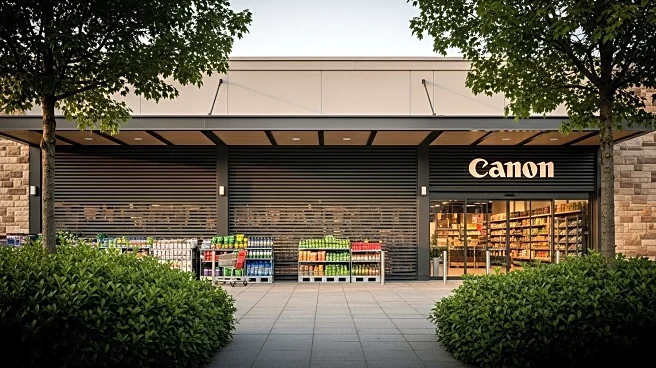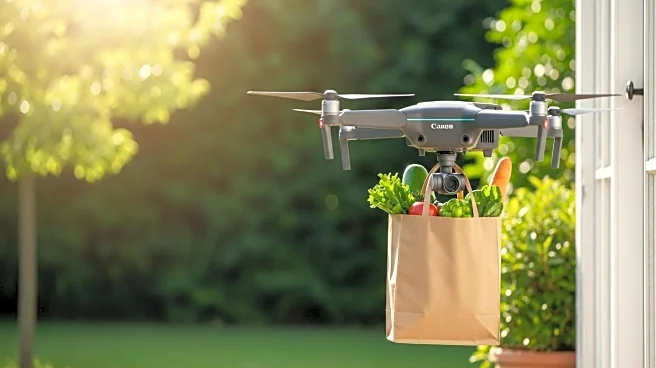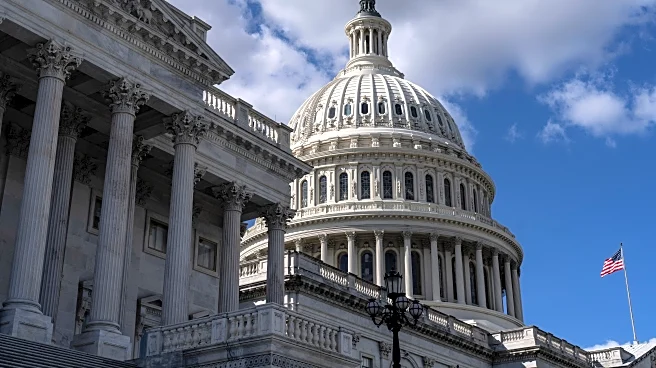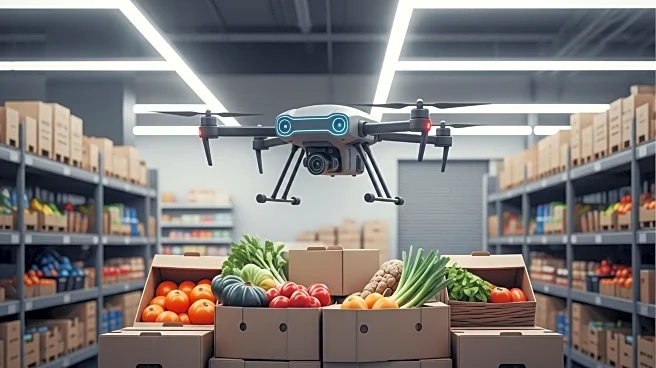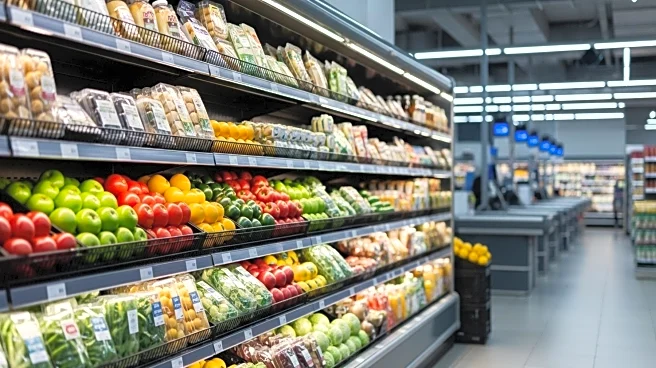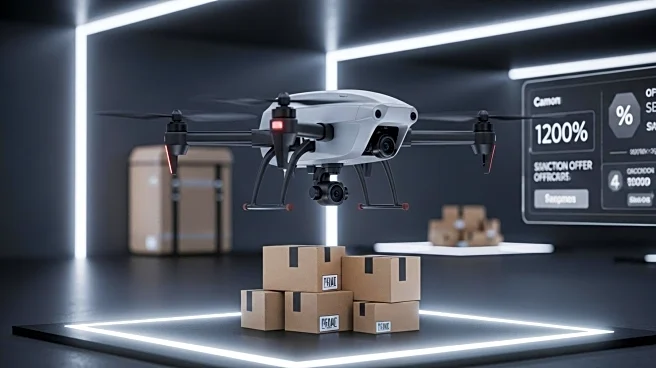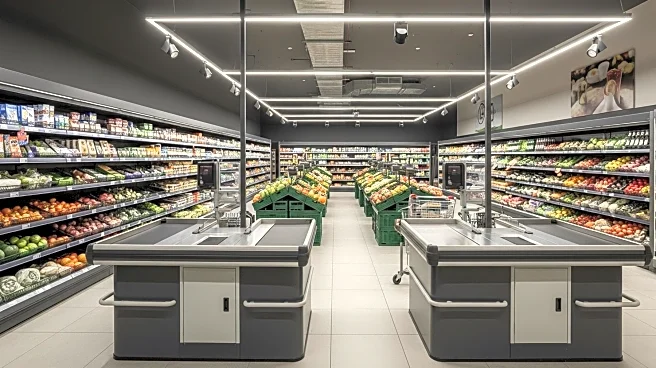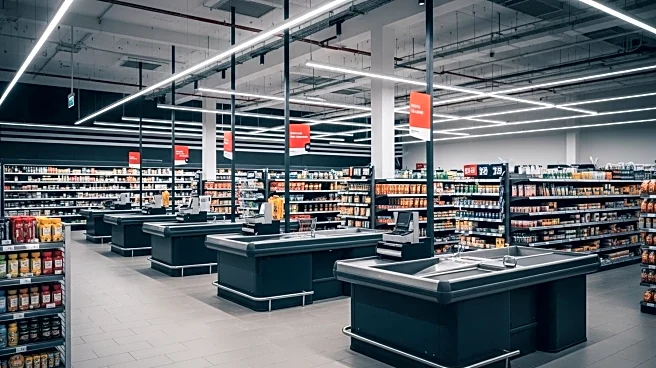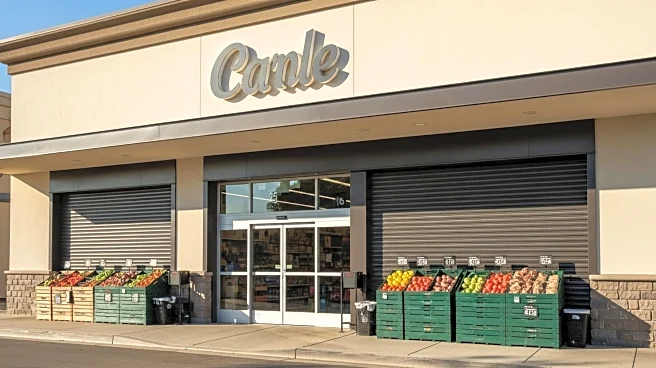What is the story about?
What's Happening?
Amazon has announced the closure of five Amazon Fresh stores, four in Southern California and one in Plainview, New York. The closures are part of a strategic reassessment of store locations, as confirmed by Amazon spokesperson Griffin Buch. The affected California stores are located in La Habra, La Verne, Mission Viejo, and Whittier, while the New York store closed on September 28, less than a year after its opening. Amazon plans to assist affected employees in finding new roles within the company. Despite these closures, Amazon Fresh continues to operate 57 locations across eight states and is expanding its grocery business, including same-day perishable food delivery to 1,000 U.S. cities and towns.
Why It's Important?
The closure of these Amazon Fresh stores highlights the challenges faced by Amazon in establishing a foothold in the competitive grocery market. The decision reflects a broader trend of strategic reassessment in retail, where companies are optimizing their physical presence to align with consumer demand and operational efficiency. This move could impact local economies, particularly in areas where the stores are significant employers. Additionally, it underscores Amazon's commitment to refining its grocery strategy, which includes integrating Whole Foods operations and expanding delivery services. The closures may also signal a shift in Amazon's focus towards enhancing its online grocery offerings and delivery capabilities.
What's Next?
Amazon's future plans include expanding its same-day delivery service for perishable goods to over 2,300 locations by the end of the year. The company is likely to continue evaluating its store locations and may consider further closures or conversions to optimize its grocery business. Stakeholders, including employees and local communities, will be closely watching Amazon's next moves, particularly in terms of employment opportunities and service availability. The company's ongoing investment in grocery delivery services suggests a potential shift towards a more digital-centric grocery model.
AI Generated Content
Do you find this article useful?
